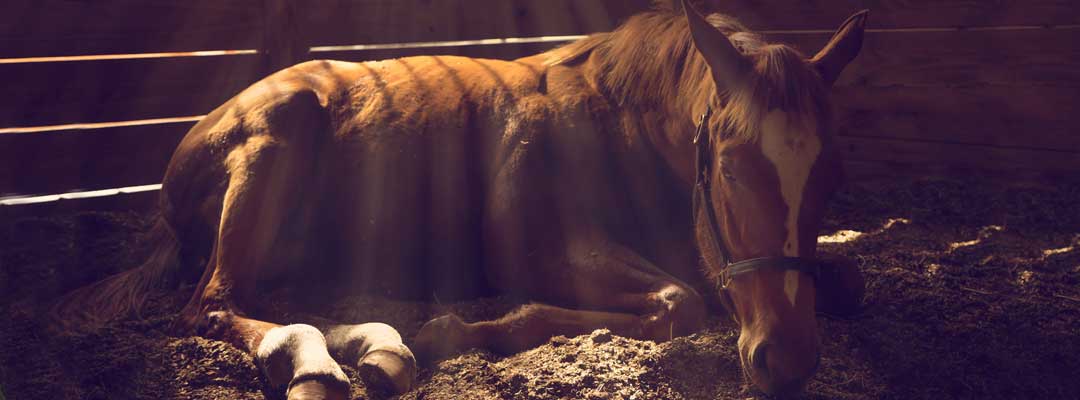Q&A: Cushing's in Horses
Understand symptoms of Cushing's in horses as well as treatment options for a healthier life, with Prascend for horses.

Cushing’s in horses is a complex condition. To better understand exactly what Cushing’s is, let’s quickly outline some Q&As about the most common hormonal disorder affecting horses and ponies.
What is Cushing’s disease in horses?
Also referred to as PPID (Pituitary Pars Intermedia Dysfunction), Cushing’s occurs due to a tumor or enlargement of the pituitary gland at the base of the brain, which controls body functions through hormone levels, to work overtime. This can result in many problems for horses that can last throughout their lifetime. Some 30% of horses and ponies more than 15 years old may be affected by PPID, and while this condition occurs more often in senior horses, young horses can still be at risk. PPID can often go undiagnosed, and horses as young as 5 have been confirmed to have the condition.
Are all horse breeds at risk for developing PPID?
Unfortunately, yes, no breed escapes this risk, whether horse or pony.
What are symptoms of Cushing’s in horses?
Early signs:
Advanced signs:
What are treatment options for PPID?
While there is currently no cure for PPID, horse owners can lessen the effect PPID has on their horse’s health. Prascend is the first and only medicine available in the U.S. that is FDA-approved to treat PPID, providing a safe and effective treatment option for horse owners to give their affected horses an improved quality of life. Additionally, Command IR Ultra is an effective supplement used to support horses with PPID, reducing fat pockets, restoring body condition and addressing the metabolic condition.
Have horse owners had good success with using Prascend?
Two horse owners shared their story of their horse’s road to diagnosis and treatment of equine Cushing’s. They were admittedly perplexed with their horse’s rapid change of body condition, saying, “We noticed he wasn't holding his weight well. His coat had become long and curly, his mane was wavy and he was losing all of his top line. When spring came, the other horses were shedding, but Dodger didn’t shed at all,” said Casey Olson.
After diagnosis of equine Cushing’s from their primary care veterinarian, they knew what was needed to manage Dodger’s unique condition. “Right now, Dodger is on one pill of Prascend a day,” said Casey, who ordered the equine prescription medication from veterinarian-founded Valley Vet Supply. My vet said ‘Valley Vet is great; if you put the order in, they’ll send me the prescription request.’ It was easy.”
Thanks to Prascend, Dodger is no longer suffering from abnormal sweating, weight loss and a poor coat. With the treatment he has received, he now sports a healthy weight, shiny coat and his energy level is back to normal.
Why do horse health experts recommend using Prascend?
In addition to medication for horses, what are other ways to manage equine Cushing’s?
Should your horse have either mild or advanced equine Cushing’s, know that treatment can give him a longer, healthier life. Identifying early stage Cushing’s in horses can have a profound impact on how an affected horse responds to treatment before other signs appear, therefor horse health experts strongly encourage yearly veterinary exams, which also makes for a convenient time to review vaccine schedules and determine recommendations for timing and frequency of horse wormers.
To continue learning about equine Cushing’s, read “Dodger’s Story with Cushing’s Disease.”


